Currently, Nylon is a quite popular material and is widely used in many industries. In addition, Nylon also possesses many advantages such as: durability, heat resistance, waterproofness or high flexibility. However, to meet demanding consumer needs and strict production regulations, manufacturers will combine them with plastic additives to increase material properties.
Therefore, plastic additives not only improve product quality but also diversify their characteristics. In this article, EuroPlas will introduce to customers suitable additives for nylon.
Read more: What are plastic additives? 8 most common plastic additives in plastic industry
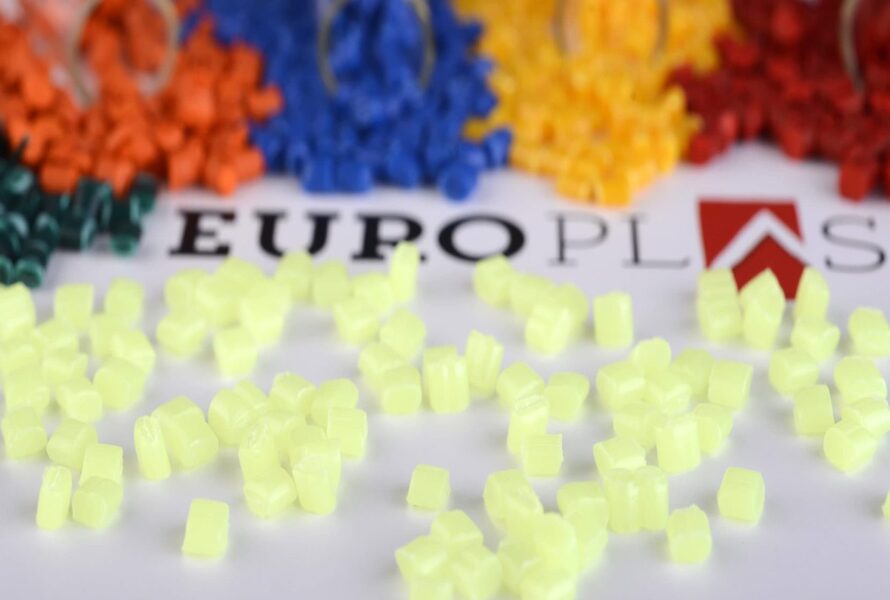
Figure 1 Suitable additives for Nylon
1. Overview of plastic additives and Nylon definitions
Nylon or plastic additive is an important compound added during the manufacturing process. This is also known as an inorganic or organic substance that can affect the existing characteristics within the material. For example: color, water resistance, durability, physical properties, hardness or flexibility. If compared with plastic fillers, the appropriate plastic additive ratio for nylon is about 1% by weight
Nylon additives not only benefit the finished product but also increase the efficiency of the plastic processing process. By adding these materials during the extrusion or injection molding process, nylon additives prevent the plastic layers from sticking to each other or to the extruder head, thereby improving productivity and efficiency.
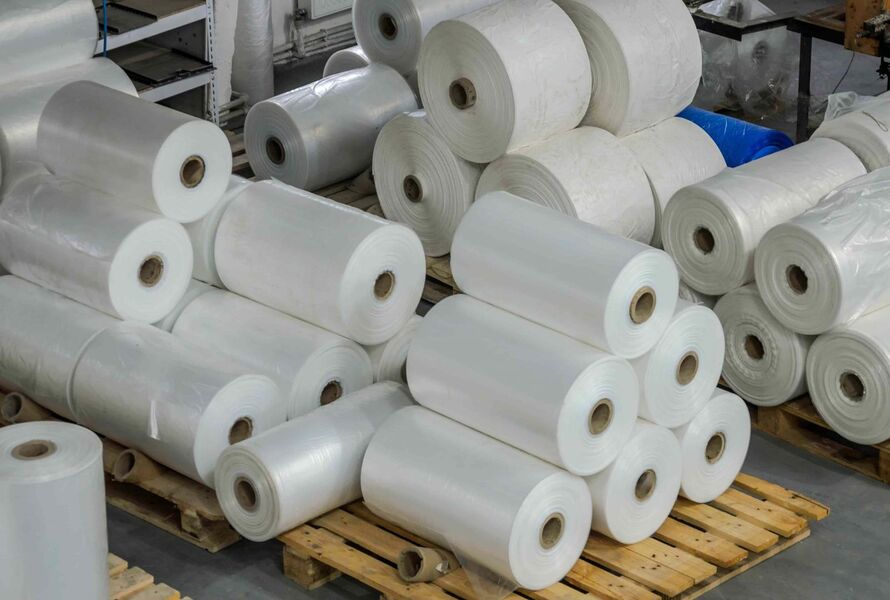
Figure 2 Applying additives to Nylon materials
Nylon products on the market may be similar in color or size, but the finish may be different. Products with added additives will be more durable and have a longer lifespan, so the price is also higher.
However, you will still save money if you use it for a long time because you do not have to spend too much on maintenance costs for that nylon product. In the next section, EuroPlas will send you the Top 7 suitable additives for Nylon
2. Top 7 suitable additives for Nylon
In particular, Nylon is a highly adaptable material and can be easily combined with many different additives. Plastic additives suitable for Nylon will also be similar for plastic materials.
2.1 Flame retardant plastic additives
Nylon is the most fire-resistant material among thermoplastics. 420 degrees Celsius to 530 degrees Celsius is the ignition temperature range of Nylon.
Although Nylon's fire resistance is quite high, some heavy industries and industrial machinery equipment also require high temperatures for many hours of operation. Therefore, flame retardant additives will also be suitable for Nylon.
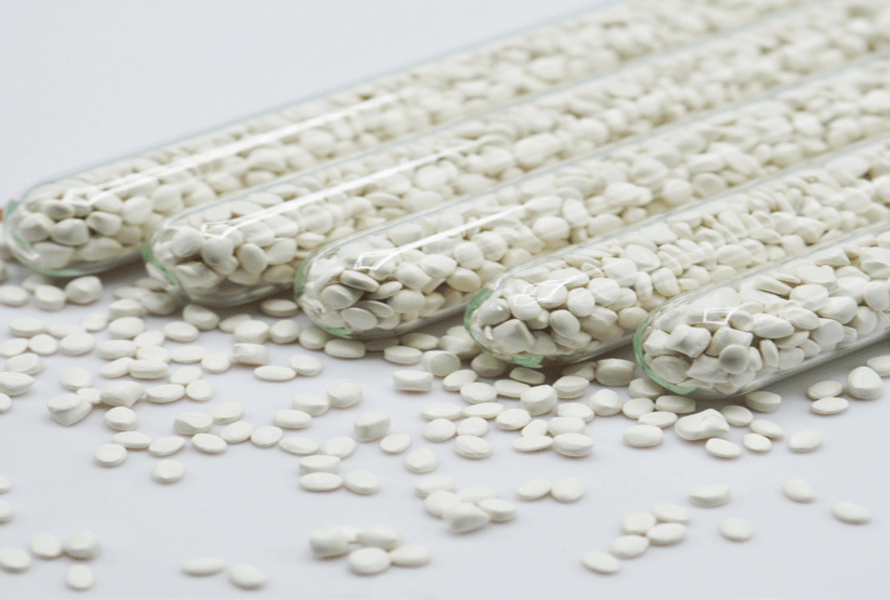
Picture 3 Flame retardant plastic additives
Flame retardant plastic additives will add compounds to the chemical structure of Nylon, contributing to increasing the connection between Polyamides.
For Nylon products used in the fashion industry, color is also an important factor affecting the quality of the final product.
Brightening additives will affect the total amount of blue light and create color reflections within the Nylon material. This will help Nylon fiber products achieve more standard and clearer colors.
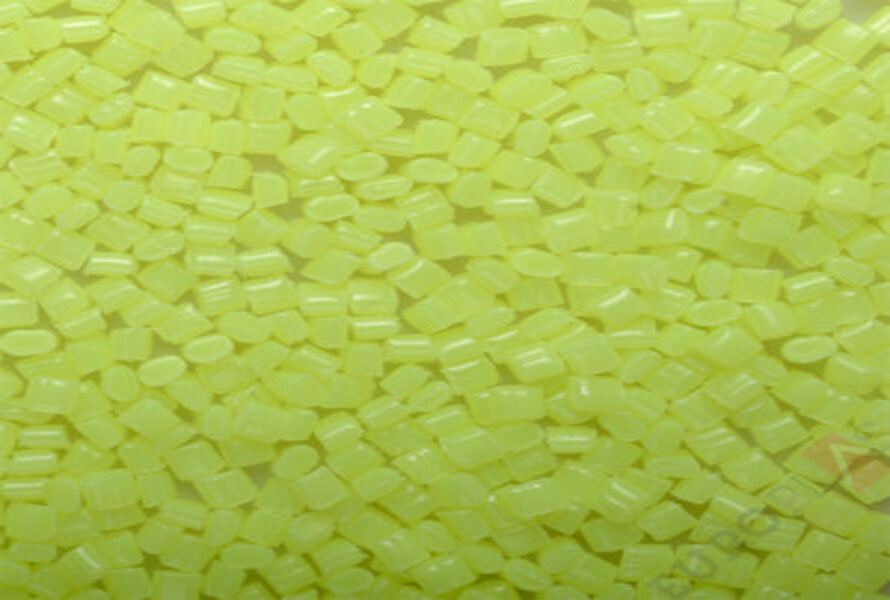
Figure 4 Brightening additive
Some specific applications include:
- Nylon yarn for fashion industry
The weakness of Nylon material is its ability to resist ultraviolet rays. Therefore, to produce outdoor products that are exposed to a lot of sunlight, manufacturers will combine them with UV protection surcharges.
If Nylon does not use UV-resistant nylon additives, it will change color and lose quality when exposed to sunlight over time.
Applications of UV-resistant Nylon additives:
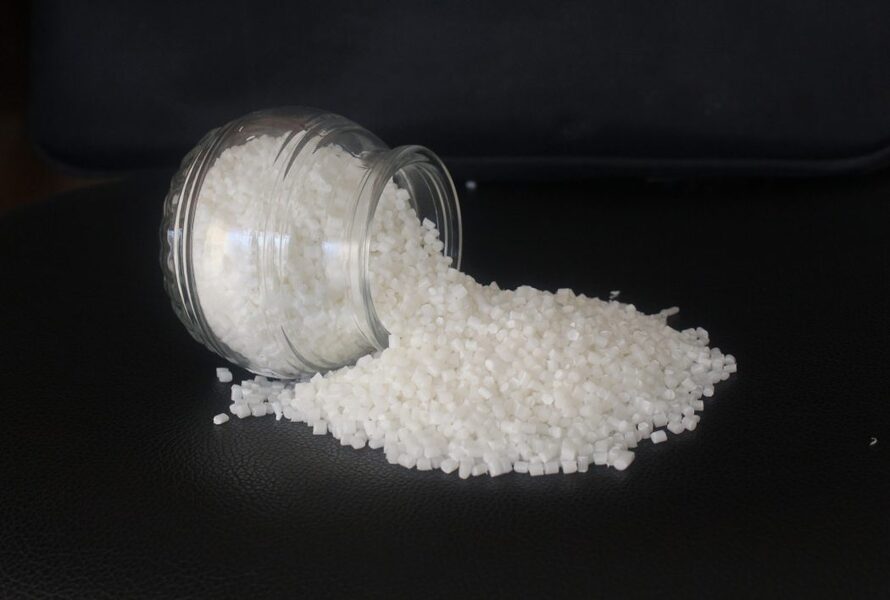
Figure 5 UV-resistant plastic additives
- Automotive equipment or engines.
- Anti-UV additives are also commonly used with plastic materials. They are also used in HDPE plastic injection, LDPE/LLDPE blown film, PP/HDPE tape, PP raffia.
We do not consider Nylon bags, because this product is harmful to the environment and has a decomposition time of up to 100 years.
Other Nylon products will easily age if exposed to sunlight for too long. Symptoms of Nylon aging are shown through the following states:
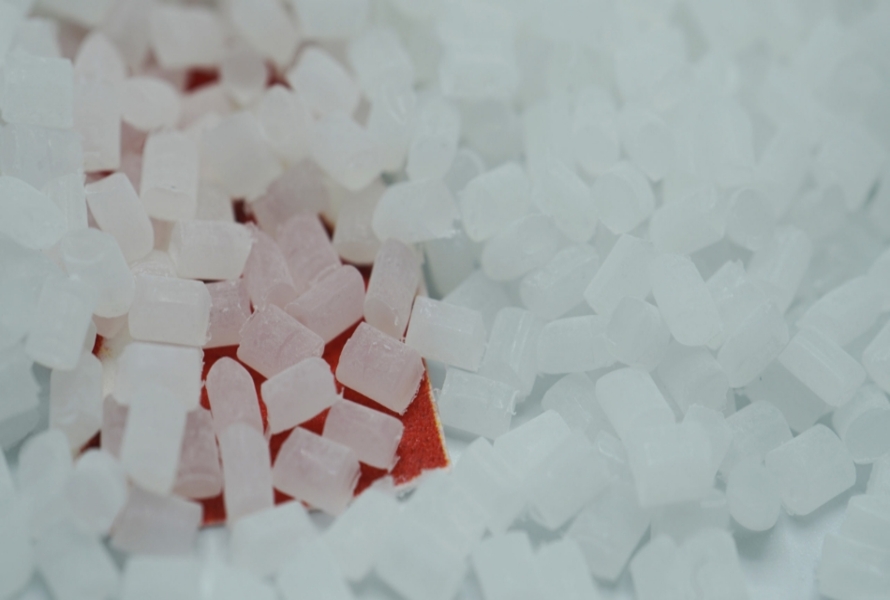
Figure 6 Anti-aging additives
- The product has cracks and changes in appearance.
- Decreased mechanical properties and stability in molecular structure.
- Deterioration of familiar characteristics such as: anti-electricity, loss of color.
Therefore, we not only use suitable anti-UV additives for Nylon but can also combine anti-aging additives of the material.
Refer the article about: Polyamide vs nylon: Are they the same? What are the differences?
2.5 Nylon additive increases porosity
One of Nylon's strengths is its abrasion resistance. Therefore, the elastic properties of the material are also very good. Nylon is also widely used in high-end sports products for athletes.
Besides, to enhance elasticity and serve higher needs, manufacturers can use porosity increasing additives in combination with other specialized additives to create products that meet exact requirements customer's need.

Figure 7 Nylon additive increases porosity
Normally, Nylon 6 particles have a crystal structure that is not as tight as Nylon 66. Therefore, the molding ability of Nylon 6 will be more difficult during the production process. To improve the above characteristics, manufacturers can combine with suitable processing aids for Nylon types.
Besides, this additive also helps resolve abnormal phenomena during the injection molding process. This helps businesses ensure product quality, reduce processing costs and increase productivity.
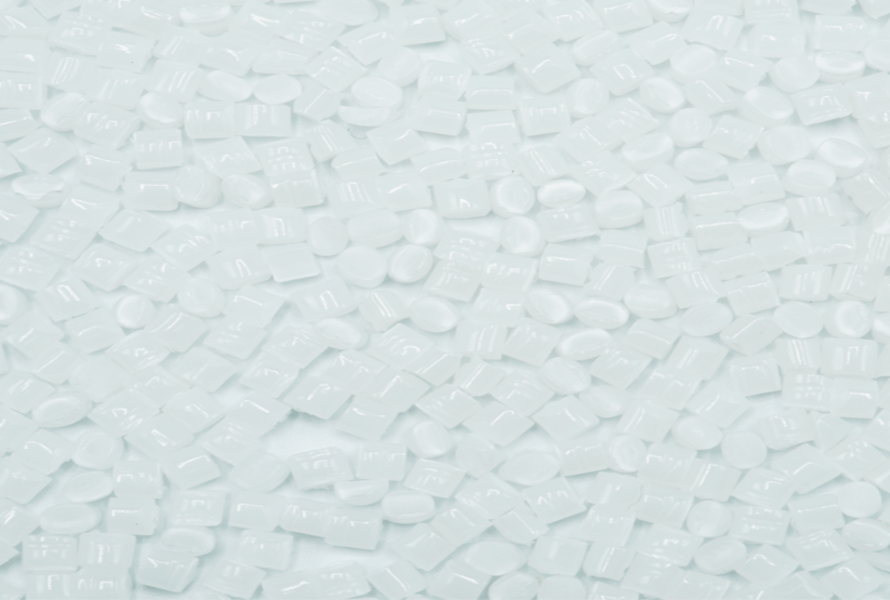
Figure 8 Suitable processing aids for Nylon
Nylon processing aids will melt and form liquids around the nylon particles and other additives to promote mixing. Furthermore, processing aids will have a positive impact on the element connections in the structure of Nylon.
Application:
- Nylon is used in fiber products, weaving nets or preparing everyday items.
2.7 Glass fiber additives
Glass fiber is one of the most important additives when combined with Nylon. Glass is a hard, colorless, and non-conductive inorganic material. It is an effective reinforcement for Nylon because it increases the strength, stiffness and heat resistance of the material.
Manufacturers can adjust the ratio of glass and Nylon to best suit customer needs. If the products require high durability and strong impact resistance, the appropriate amount of glass additives for Nylon can be up to 50%.
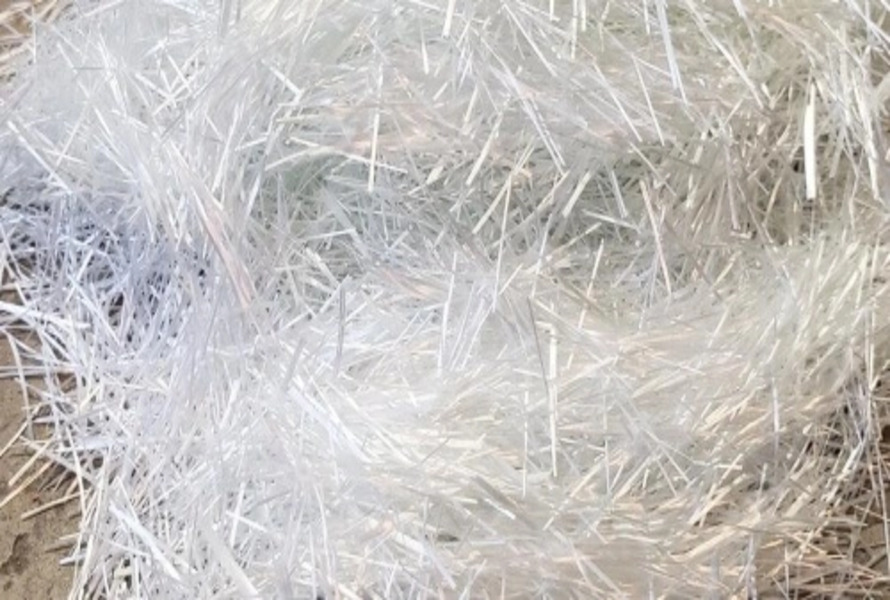
Figure 9 Glass fiber additives
However, if the amount of glass is too high, it means the product will be very difficult to shape. Because of this, the amount of glass additives is only about 10 - 20% for products that require aesthetics.
Currently, EuroPlas also has two main product lines of Nylon combined with glass fiber: PA6 and PA66 Compound glass fiber. In the next part, EuroPlas will introduce to you these two product lines and the appropriate additives for EuroPlas Nylon!
3. Product introduction of PA6 and PA66 compound glass fiber.
The product's other names are Nylon 6 and Nylon 66. The main product is a technical thermoplastic that is popular in production because of its durability, heat resistance and flexibility.
The core component of EuroPLas's PA6 and PA66 Compound glass fiber products is made from a mixture of PA resin and glass fiber.
In particular, Nylon 66 and Nylon of EuroPLas are combined with about 30 - 50% glass fiber content. Therefore, our products fully converge the elements of abrasion resistance, mechanical durability, heat resistance, water resistance and ease of processing.
Meanwhile, for additives suitable for Nylon, EuroPlas currently has a variety of different designs.
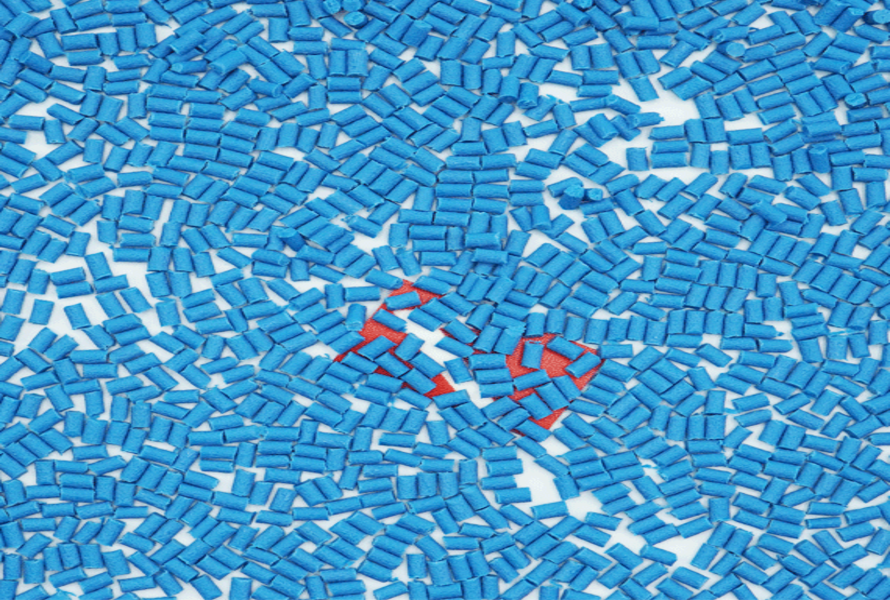
Figure 10 Plastic products PA6 and PA66 compound glass fiber
4. Introducing suitable additive products for Nylon at EuroPlas
EuroPlas has more than 14 years of experience in the field of manufacturing and supplying plastic beads, nylon and related products globally. Nylon & plastic additives are an important product component in EuroPlas' ecosystem. We bring to the market a variety of products with the best quality such as:
- Deodorizing additive: Highly compatible, limits unpleasant odors of plastic or nylon and improves product quality.
- Desiccant additive: Good dispersion ability, improves the processing process and absorbs moisture inside the material.
- Fire retardant additives: Impacts the product surface and limits the spread of fire. Additives disperse well in the chemical structure of the material. Reasonable price.

Figure 11 EuroPlas suitable additive products for Nylon
- Anti-fog plastic additive: Minimizes water condensation on the surface, maintaining product transparency and color. The lifespan is quite long. Additives do not affect the basic characteristics of Nylon.
- Anti-aging additives: Prevent chemical and physical effects. Additives maintain material performance.
- Processing-aid additives: Additives help stabilize heat during machining. Processing aids limit surface cracking and breakage and are easily combined with other materials.
Refer the article about: The EuroPlas Nylon Additives
EuroPlas has sent you the Top 7 suitable additives for Nylon and Nylon products as well as EuroPlas' popular additives. Please continue to follow EuroPlas' Blog to update the latest news.